|
by Pedro Firmino In continuation to our previous blog post “How to stream 3D audio in Binaural format with ZYLIA ZM-1 and ZYLIA Ambisonics Converter plugin” ... Here is how you are able to accomplish the same effect in a Windows system using a DAW with ReaStream and ZYLIA Ambisonics converter plugin. What you require: - ZYLIA ZM-1 microphone array - ZYLIA Ambisonics Converter plugin - BinauralDecoder plugin by IEM ( https://plugins.iem.at/ ) - ReaStream plugin (https://www.reaper.fm/reaplugs/ ) - DAW of your choice. - OBS (as a streaming application) Step 1: Receive input of the ZM1 into your DAW As the first step we need to receive the input from the 19 channels of the ZM-1 to a track in the DAW, therefore connect the ZM-1 microphone, open your DAW and select the ZM-1 as your Audio device. Afterwards, create a track, change the number of channels from 2 to 20 and add the ZM-1 as a 20 channel input source. By arming the track to record, you should now be receiving the 19 multichannel signal from the ZM-1 into your DAW. Step 2: Achieving Binaural sound using ZYLIA Ambisonics Converter plugin and IEM Binaural Decoder On the FX chain of the ZM-1 input track you will have to add the following plugins in this specific order:
On the BinauralDecoder, you may choose to add some headphone equalization if you believe it’s necessary for the streamed audio. For last, in the ReaStream plugin, remember to have your track armed and enable live monitoring. To send the output for your streaming application, enable “send audio/MIDI” in the ReaStream plugin and select “local broadcast” from the dropdown list. Step 3: Receive the signal in OBS On the right side of OBS, open the Settings and click the Audio settings. In the Desktop Audio choose your output device. In this case Speakers. Confirm with OK. With the Desktop Audio added, click on the cog Icon and select Filters. In the + Icon add a new VST 2x Plug-in: Choose ReaJs (it is included in the ReaPlugs vst pack). Click the Open plugin interface, click Load – Utility – Volume. Set the volume to the lowest. On the Filters window, also add ReaStream-standalone plugin. Open the Plug-in Interface and select to receive. Make sure the identifier is the same as in the Reaper session.
You will now be using the ZM-1 as an input audio device and are ready to start streaming!
0 Comments
Leave a Reply. |
Categories
All
Archives
August 2023
|
|
© Zylia Sp. z o.o., copyright 2018. ALL RIGHTS RESERVED.
|
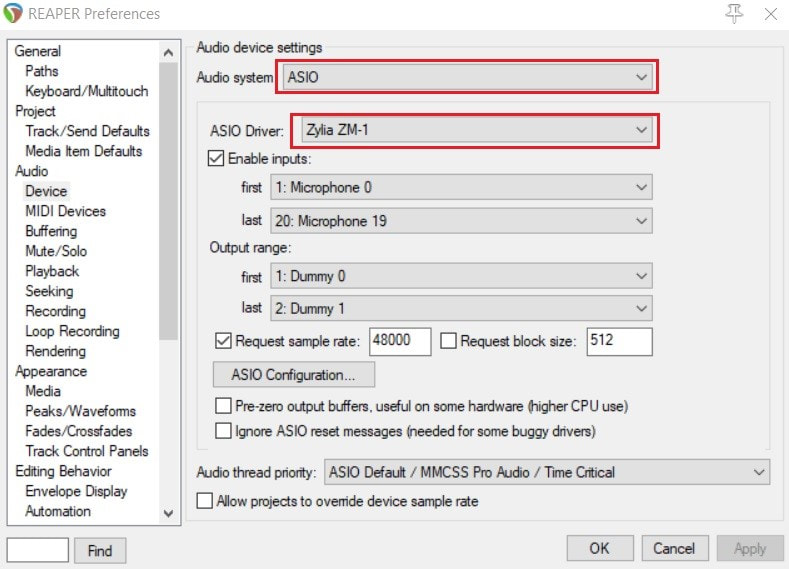
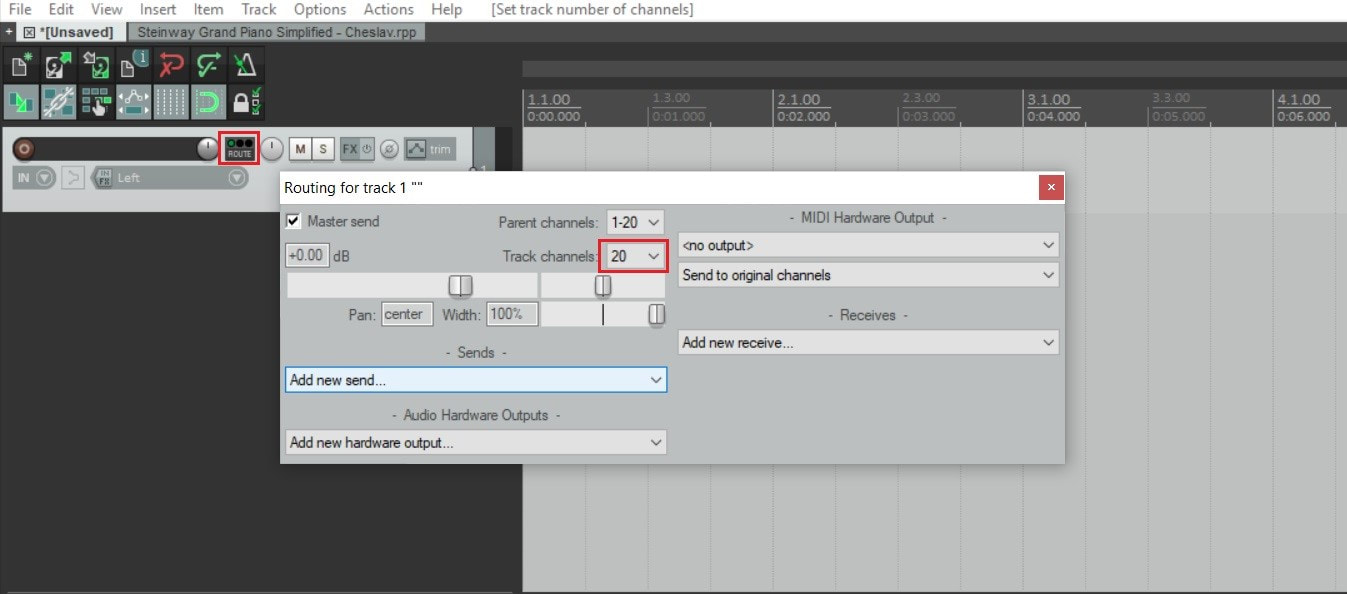
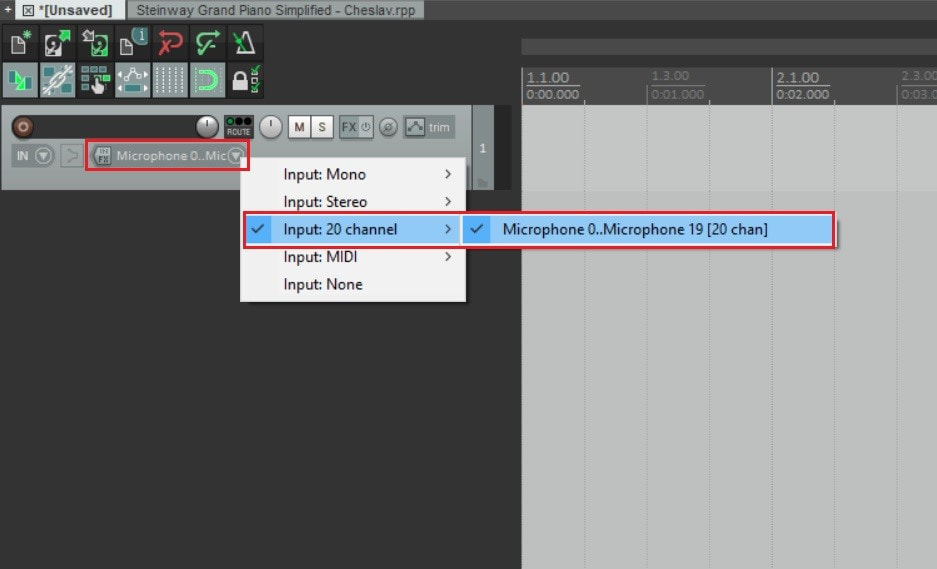
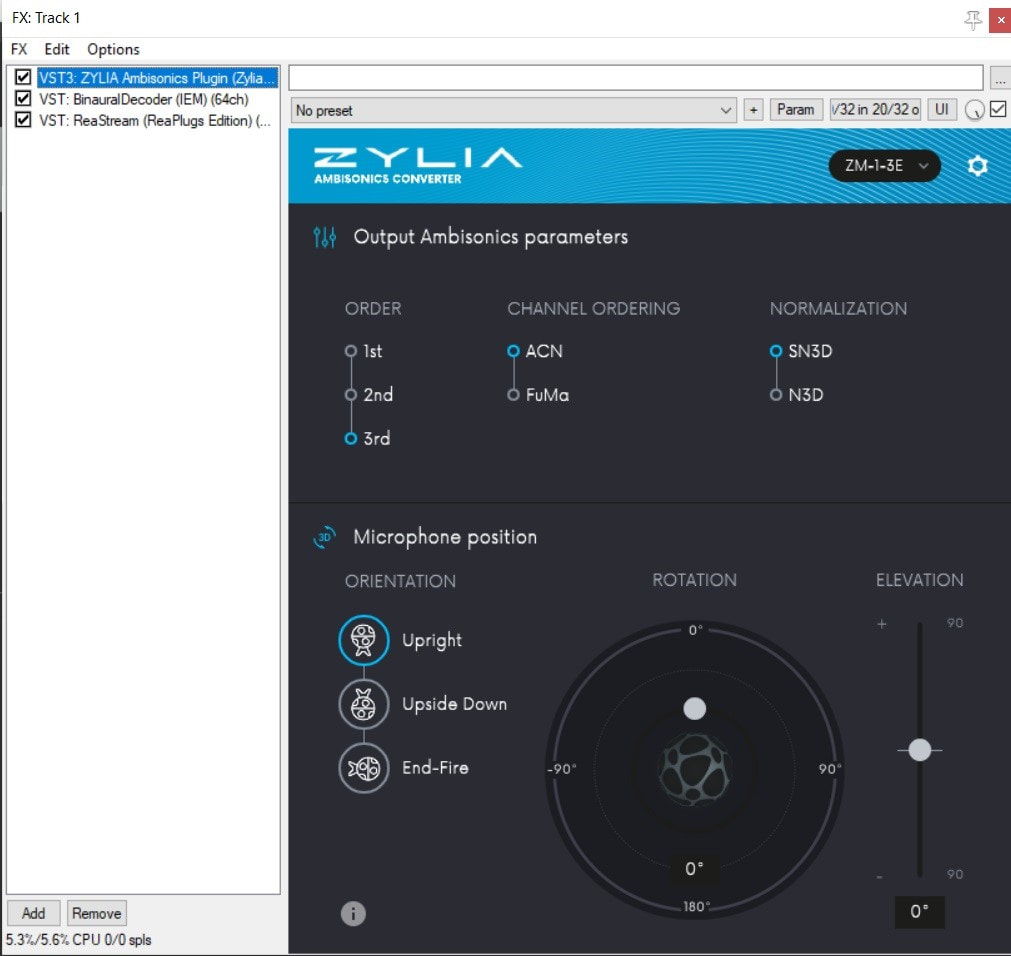
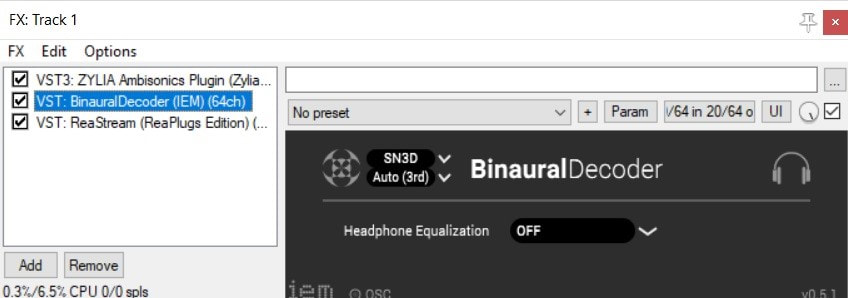
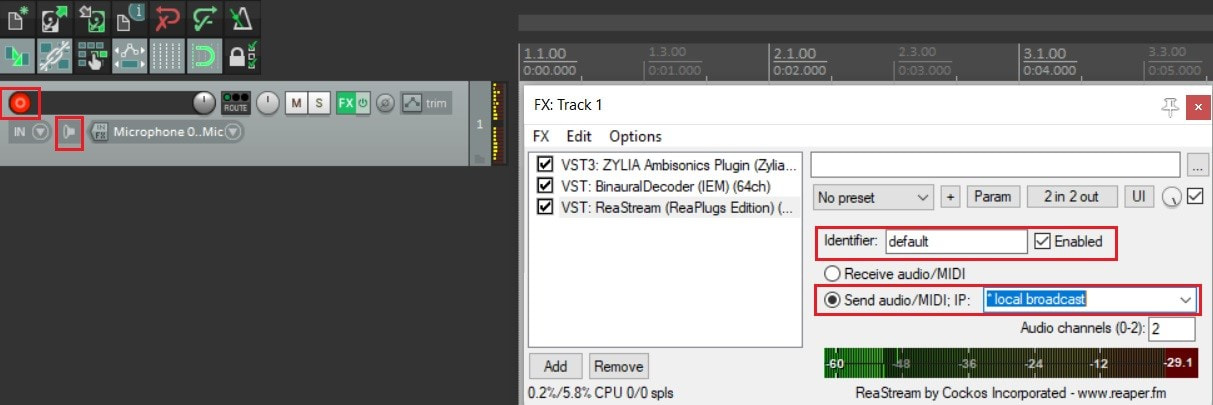

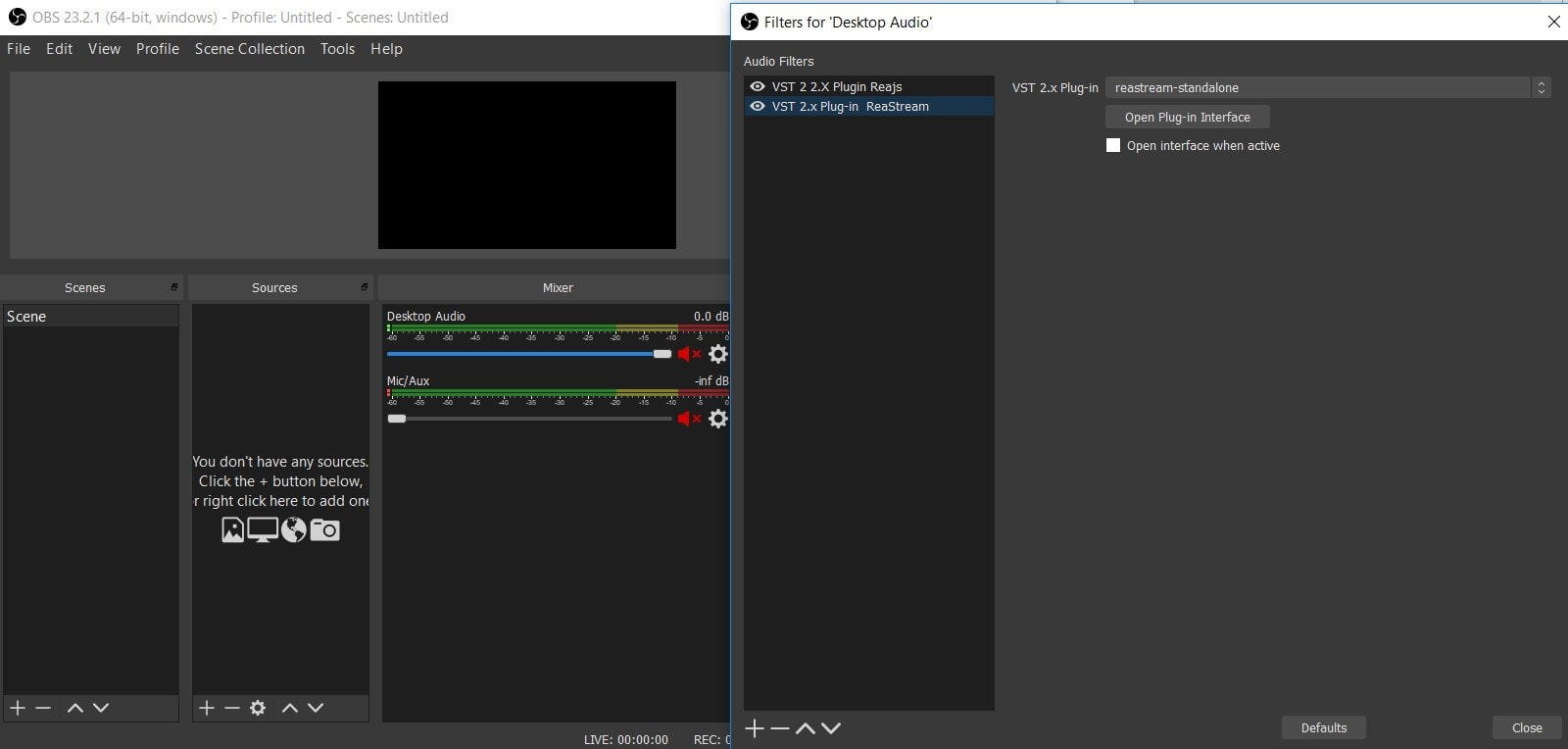
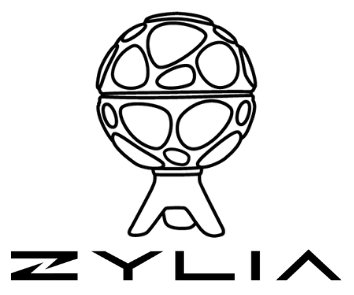
 RSS Feed
RSS Feed
